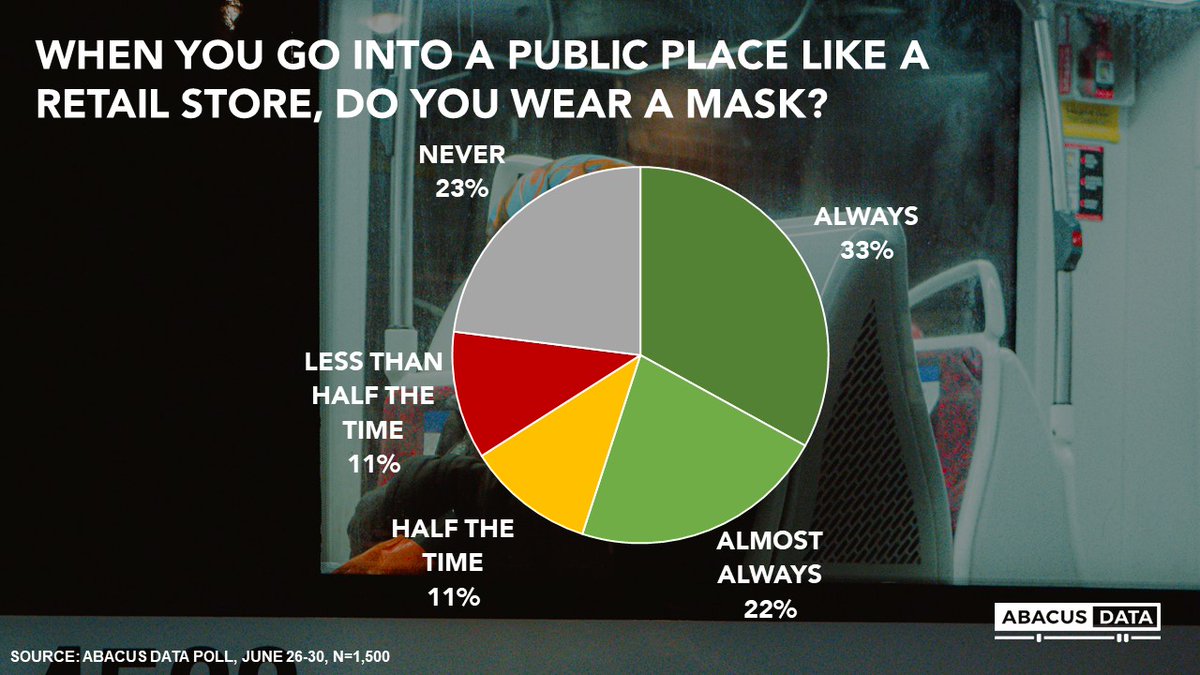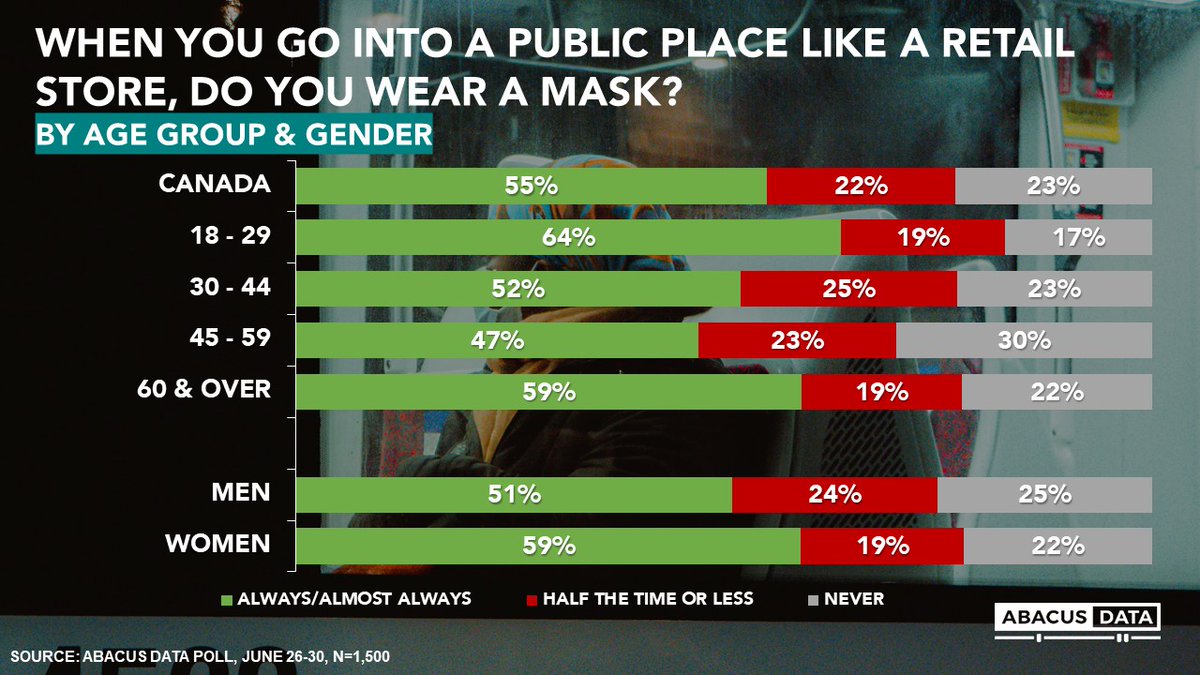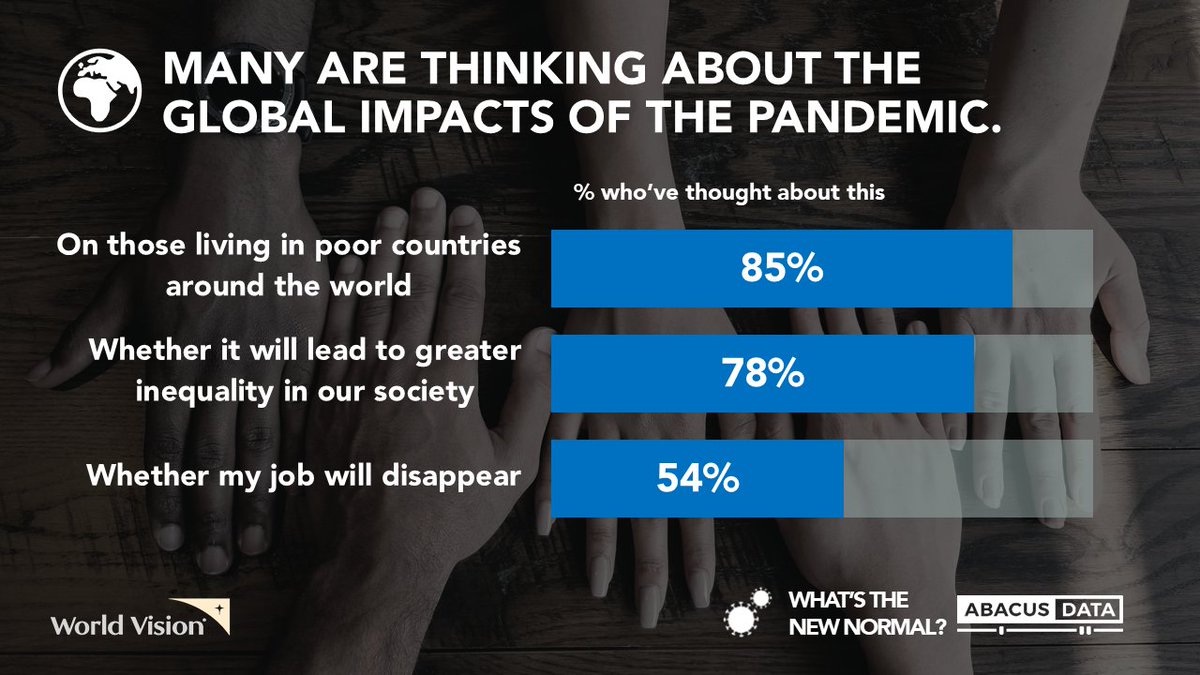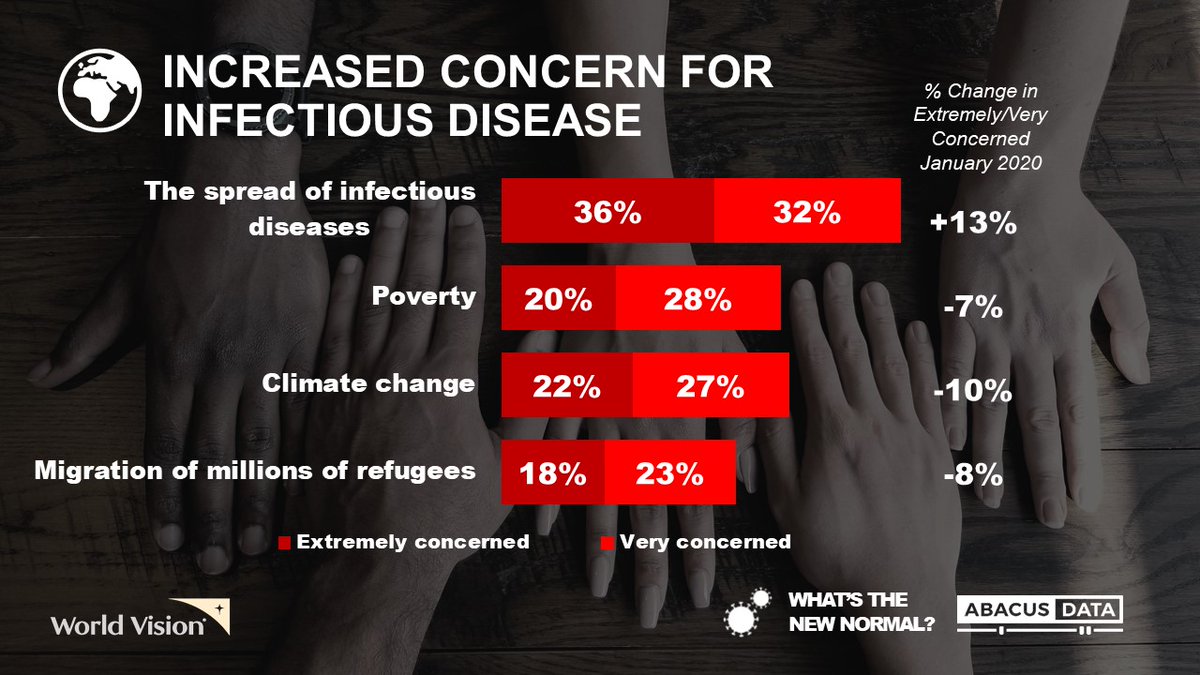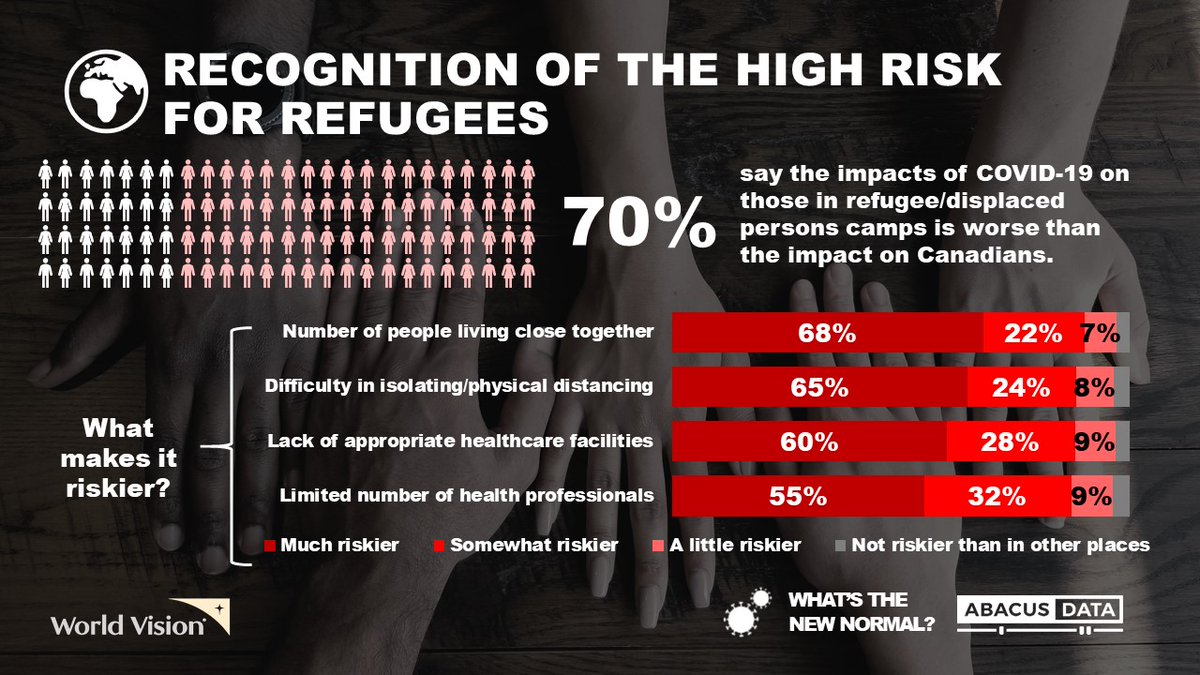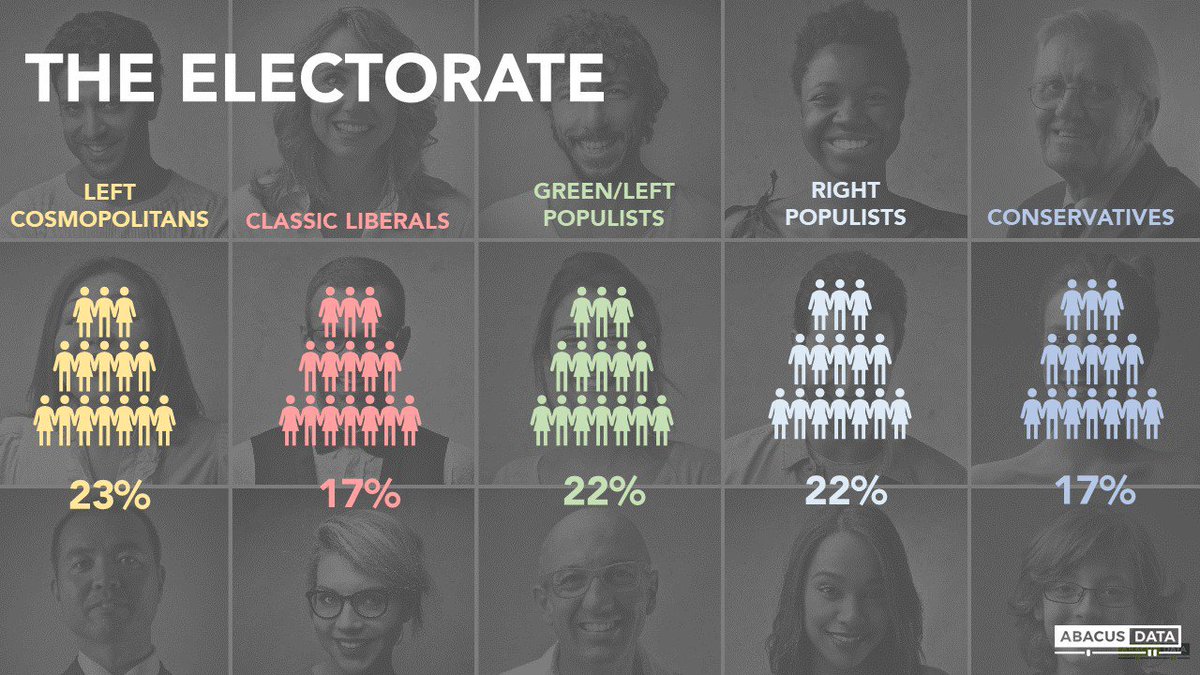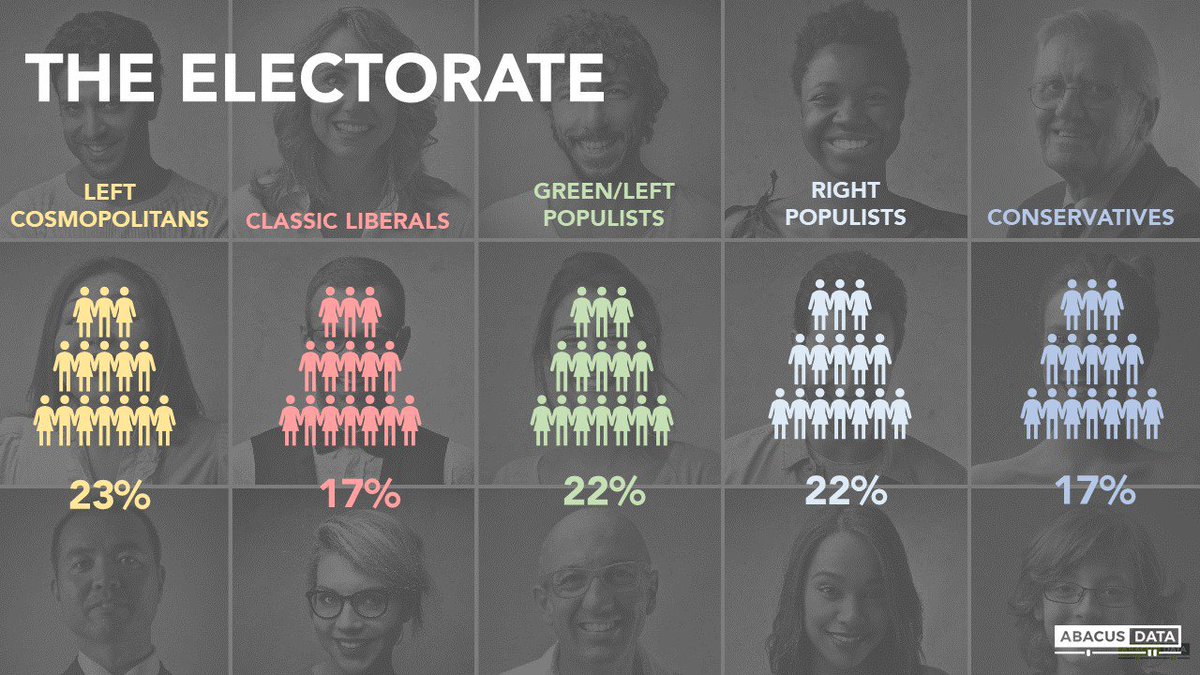
I've been thinking a lot about the occupation/protests in Ottawa and have been inspired by work being done by colleagues and others to understand the dynamics of public opinion and the impact on political behaviour.
#FreedomConvoy2022 #cdnpoli #society #mrx #polling #canada
#FreedomConvoy2022 #cdnpoli #society #mrx #polling #canada
And I think our political future will depend upon having a really good understanding of the opinion landscape.
This is especially true for those who lead orgs in business, media, and government. As I'll show you, you don't see the world in the same way as everyone else.
This is especially true for those who lead orgs in business, media, and government. As I'll show you, you don't see the world in the same way as everyone else.
In preparing for a briefing for a client on tax fairness, affordability, and public policy in Canada, I went back to a survey we did for @PIPSC_IPFPC and @broadbent in July 2021.
A lot of the same concerns I see today in polling existed then...
A lot of the same concerns I see today in polling existed then...
Deep concerns about the pandemic, the rising cost of living, wealth and income inequality, and the future of the economy.
In fact, 90% of Canadians ranked a pocketbook issue as a top issue that was going to impact their vote in the election we had only a few months later.
In fact, 90% of Canadians ranked a pocketbook issue as a top issue that was going to impact their vote in the election we had only a few months later.
Using this data, I've been working on a segmentation or classification that I think helps explain our politics today.
It identifies four key groups...defined by their level of economic anxiety and views on government/policy.
It identifies four key groups...defined by their level of economic anxiety and views on government/policy.
They are:
Secure middle (39% of pop)
Anxious progressives (27%)
Anxious conservatives (21%)
Professional progressives (13%)
Secure middle (39% of pop)
Anxious progressives (27%)
Anxious conservatives (21%)
Professional progressives (13%)

The "professional progressives" make most of the business, media, & policy universe in Canada
They have the most influence on policy, the economy, and media coverage. But have quite different views & perceptions
I'm probably in this group based on my views & economic situation
They have the most influence on policy, the economy, and media coverage. But have quite different views & perceptions
I'm probably in this group based on my views & economic situation

Let me share a few of the key findings from this analysis.
Let's start with their economic anxiety.
Here's how they have been feeling about money over the past two years. Clearly, the anxious groups are MORE anxious. Note, 44% of progressive professionals have been LESS stressed about money over the pandemic.
Here's how they have been feeling about money over the past two years. Clearly, the anxious groups are MORE anxious. Note, 44% of progressive professionals have been LESS stressed about money over the pandemic.

Here's how they feel about income differences between the 1% and themselves over the past 2 years.
Again, quite different views between the anxious groups, the secure middle, and the progressive pros.
Again, quite different views between the anxious groups, the secure middle, and the progressive pros.

What about perceptions about Canada's tax system?
Anxious on both the left and right think the tax system is unfair (AKA rigged) but only 43% of progressive professionals think the same thing.
Anxious on both the left and right think the tax system is unfair (AKA rigged) but only 43% of progressive professionals think the same thing.

Beyond economic anxiety and perceptions, we also see big differences in how these groups perceive the effectiveness and role of government.
85% of progressive professionals think the government is good. Everyone else is less convinced.
85% of progressive professionals think the government is good. Everyone else is less convinced.

We see the same kind of divides on the role of regulation. Most think regulation is good, but almost all progressives think it is. There's a big difference with anxious conservatives on this. 

This is a BIG one.
87% of progressive professionals see more opportunities than threats in the future economy.
Majorities in other groups see the opposite - they see threats.
87% of progressive professionals see more opportunities than threats in the future economy.
Majorities in other groups see the opposite - they see threats.

Most groups agree on the role of immigrants. This is an area where anxious progressives and conservatives differ sharply. 

So far I've shown the wide gaps between progressive professionals and most other groups in Canada.
✔️They fundamentally see the world differently.
✔️They see opportunity when others see threats.
✔️They see government as good when others are skeptical.
✔️They fundamentally see the world differently.
✔️They see opportunity when others see threats.
✔️They see government as good when others are skeptical.
How do these groups vote?
Well as you can see, not that similarily.
Anxious conservatives = vote overwhelmingly for the CPC
Anxious progressives = split between the LPC and NDP
Secure Middle = Split between LPC and CPC
Prog Pros = Voted overwhelmingly for the LPC
Well as you can see, not that similarily.
Anxious conservatives = vote overwhelmingly for the CPC
Anxious progressives = split between the LPC and NDP
Secure Middle = Split between LPC and CPC
Prog Pros = Voted overwhelmingly for the LPC

More important, it's not who they voted for, but WHY they voted for the party they did.
I suspect that the reasons why those in the secure middle or anxious progressive groups voted LPC are different than those in the progressive professional group.
I suspect that the reasons why those in the secure middle or anxious progressive groups voted LPC are different than those in the progressive professional group.
So who are in these groups?
Fairly even distribution by age. Anxious folks are a bit older while progressive professionals tend to be younger.
Fairly even distribution by age. Anxious folks are a bit older while progressive professionals tend to be younger.

Progressive professionals have the highest household incomes, but what matters more, in my view, is education. 18% have a post-graduate degree. Much higher than any other group. 



Professional progressives are more likely to live in cities whereas everyone else is more distributed across urban, suburban, and rural communities. 

Progressive professionals are more concentrated in Quebec and Ontario whereas everyone else is more evenly distributed.
Although there's a high concentration of anxious conservatives in the Prairies.
Although there's a high concentration of anxious conservatives in the Prairies.

Finally, how do they self-identify on the political spectrum?
Pretty close, but not perfectly to how their views/perceptions sort them.
Pretty close, but not perfectly to how their views/perceptions sort them.

Note, 18% of "progressive professionals" self-ID as on the right of the political spectrum. I suspect these are many of the folks hoping that Jean Charest runs for CPC leader. 



So what does all this mean?
Well first, I think this helps explain A LOT of our politics today and the increasing alienation between those who influence decisions - business, policy, and media - and those who consume those decisions.
Well first, I think this helps explain A LOT of our politics today and the increasing alienation between those who influence decisions - business, policy, and media - and those who consume those decisions.
Second, I think it shows that we cannot assume a candidate like Pierre Poilievre can’t find widespread support in Canada. There are a lot of people feeling anxious about their future. Who don’t see themselves represented in the elite levels of our country?
They look at business executives, journalists, policymakers and others and see people who don’t view the world through the same lens. They feel threatened and anxious while others see opportunities
They think the system is rigged against them.
They think the system is rigged against them.
If you’re a member of that progressive professionals group I described (I think I am), then you have to ask yourself whether we are a big part of the problem.
And if we are, how can we reconnect with these other audiences?
How do we reflect their worlds?
How do we serve them better and design policy that improves their lives?
And how do we communicate so they accept not reject our decisions?
How do we reflect their worlds?
How do we serve them better and design policy that improves their lives?
And how do we communicate so they accept not reject our decisions?
This is a big focus of my work as a social researcher and if you think me or my team at Abacus Data can help, reach out and let’s chat.
• • •
Missing some Tweet in this thread? You can try to
force a refresh








